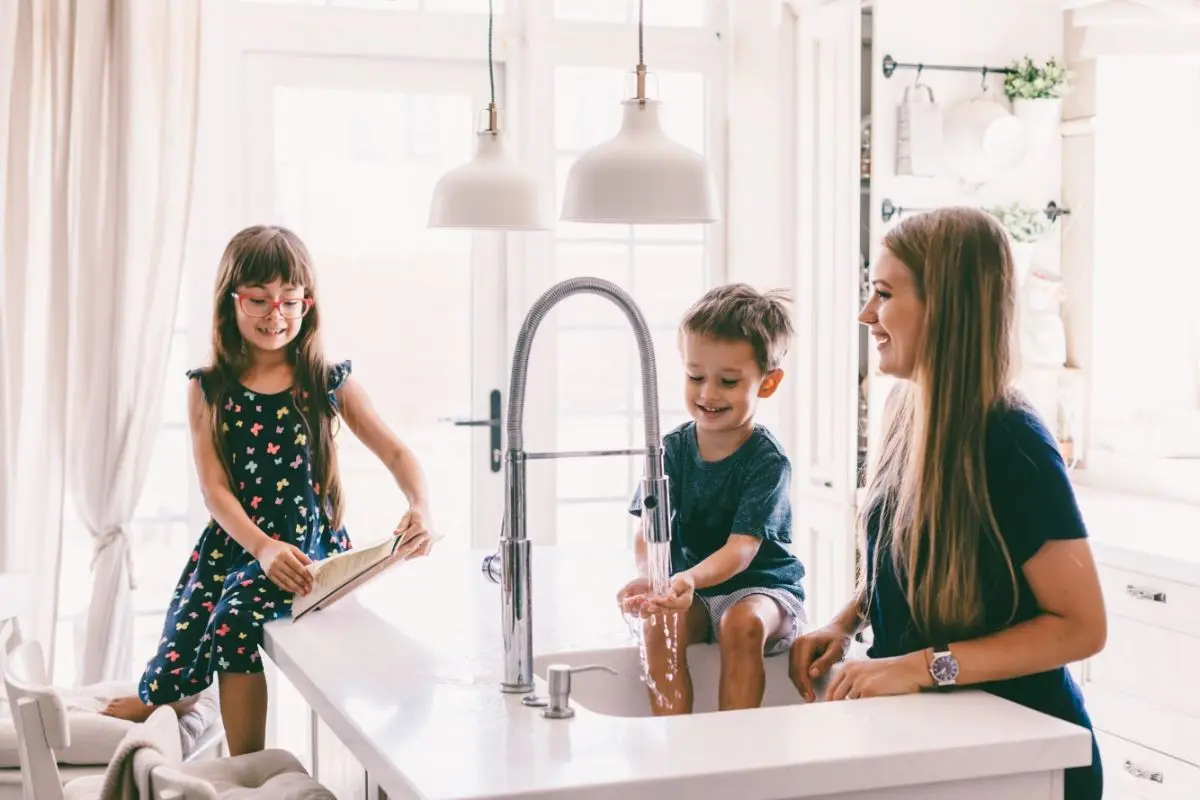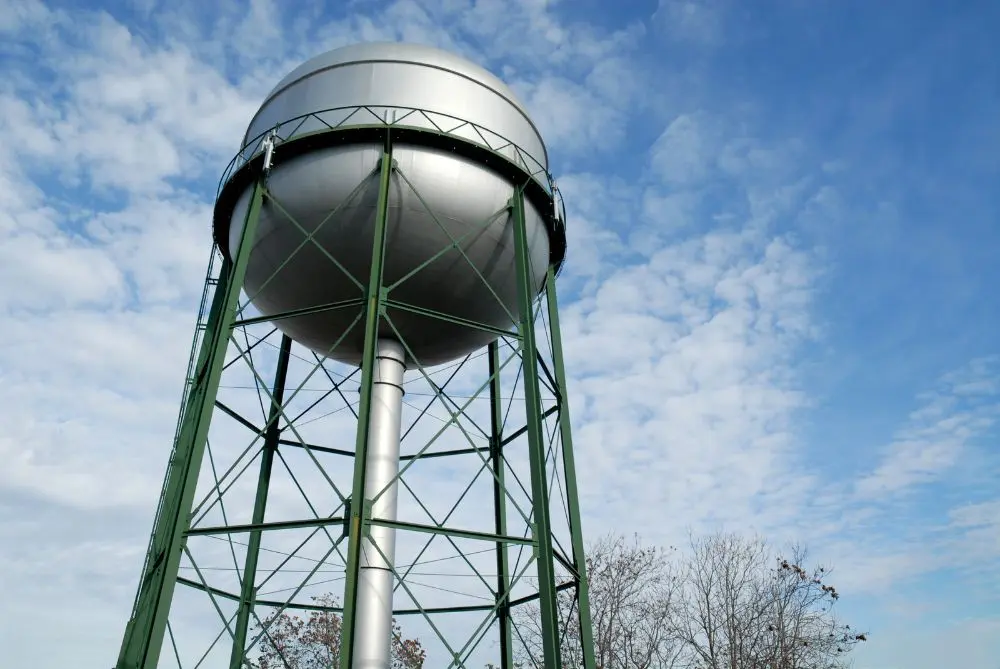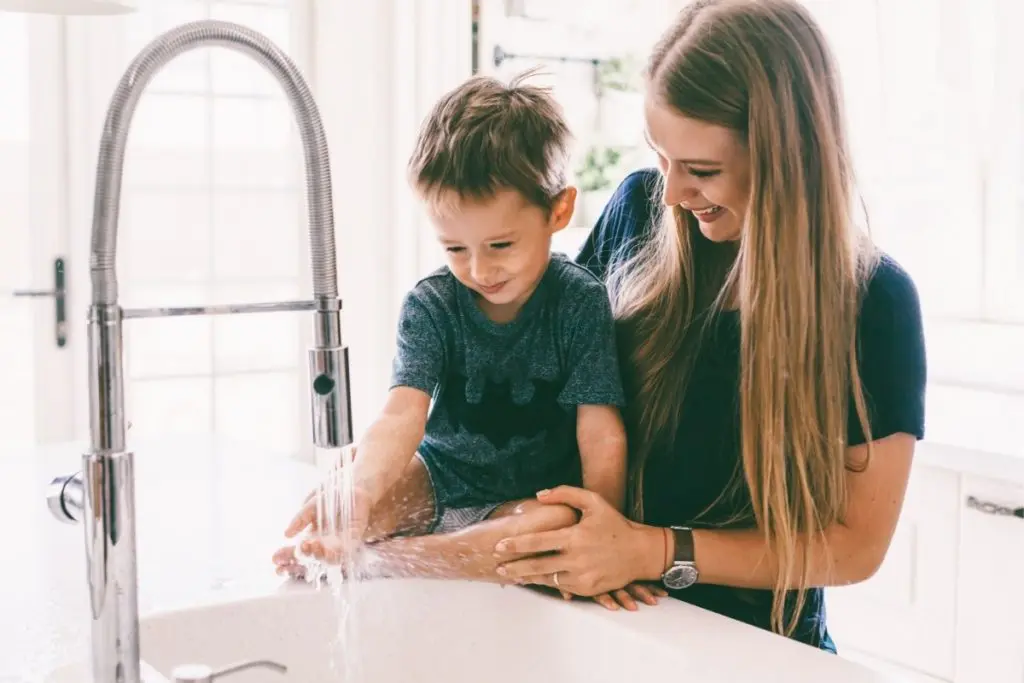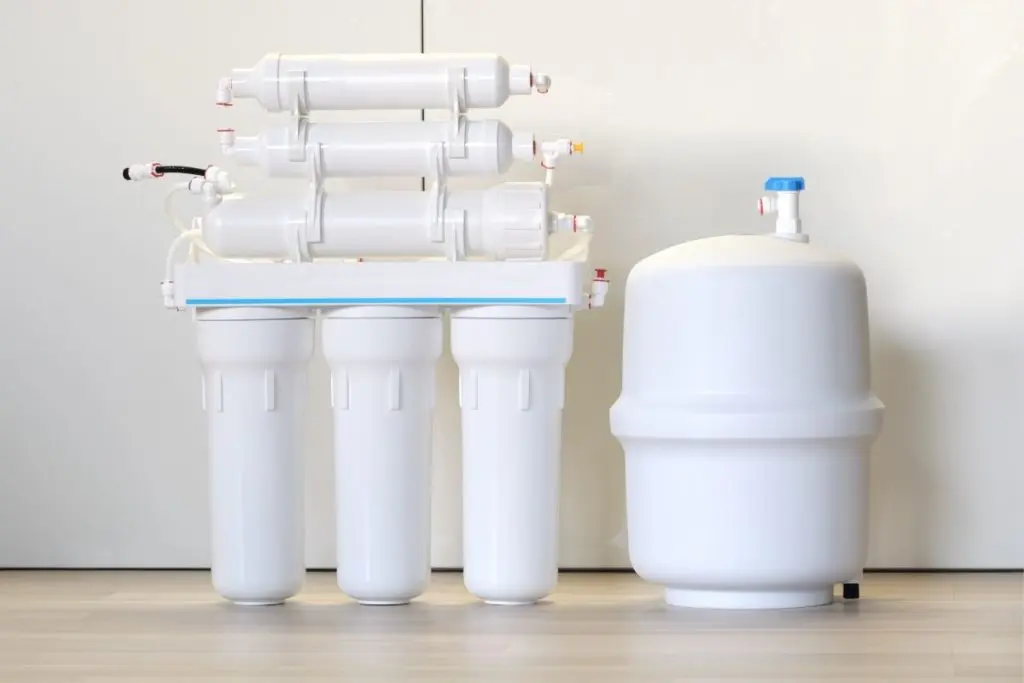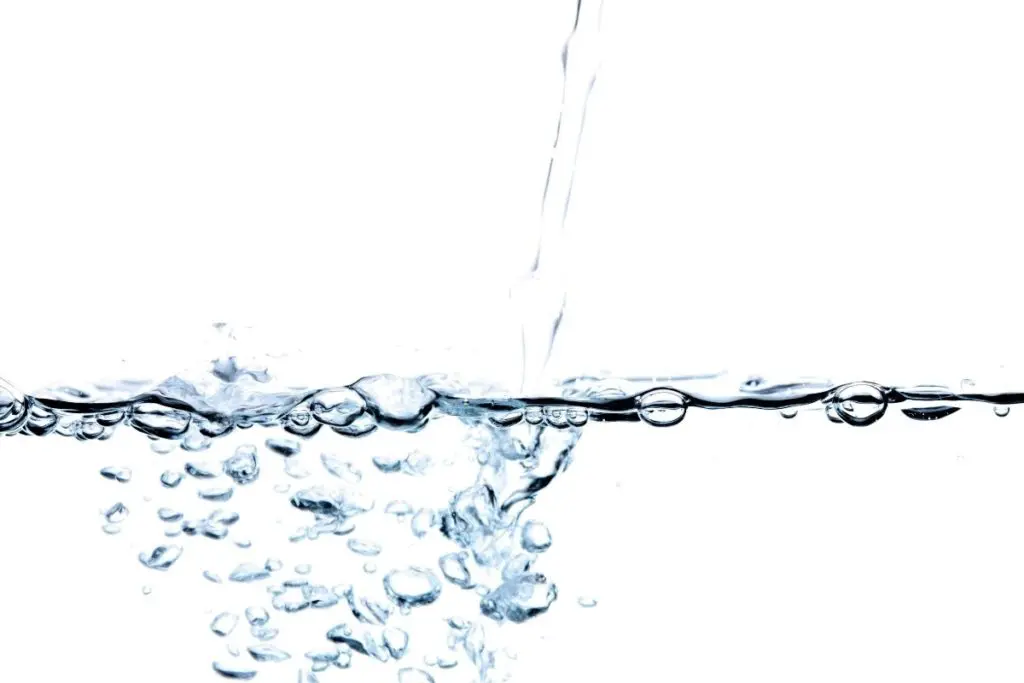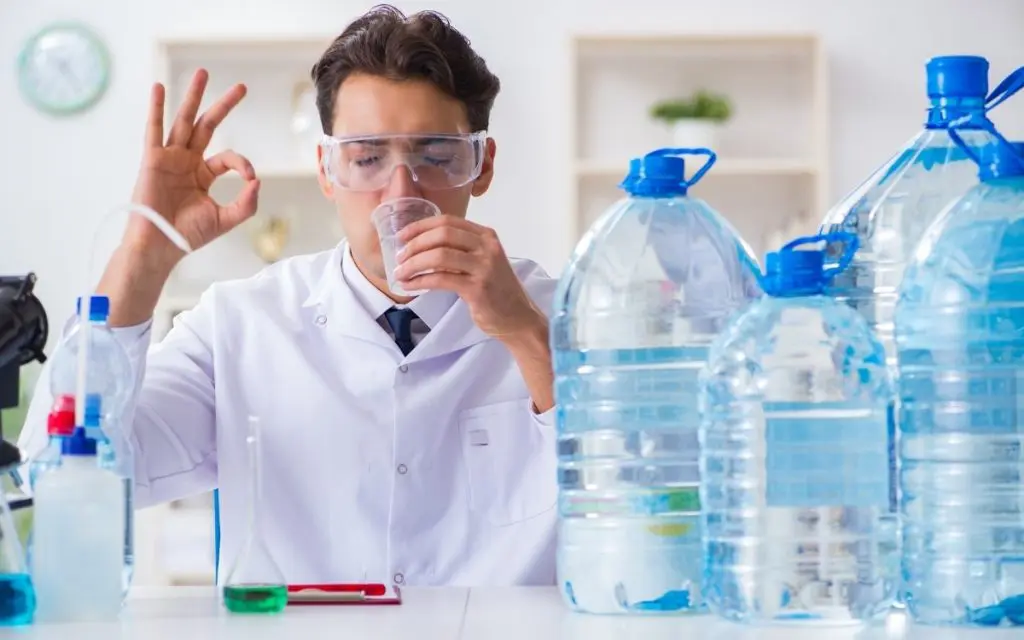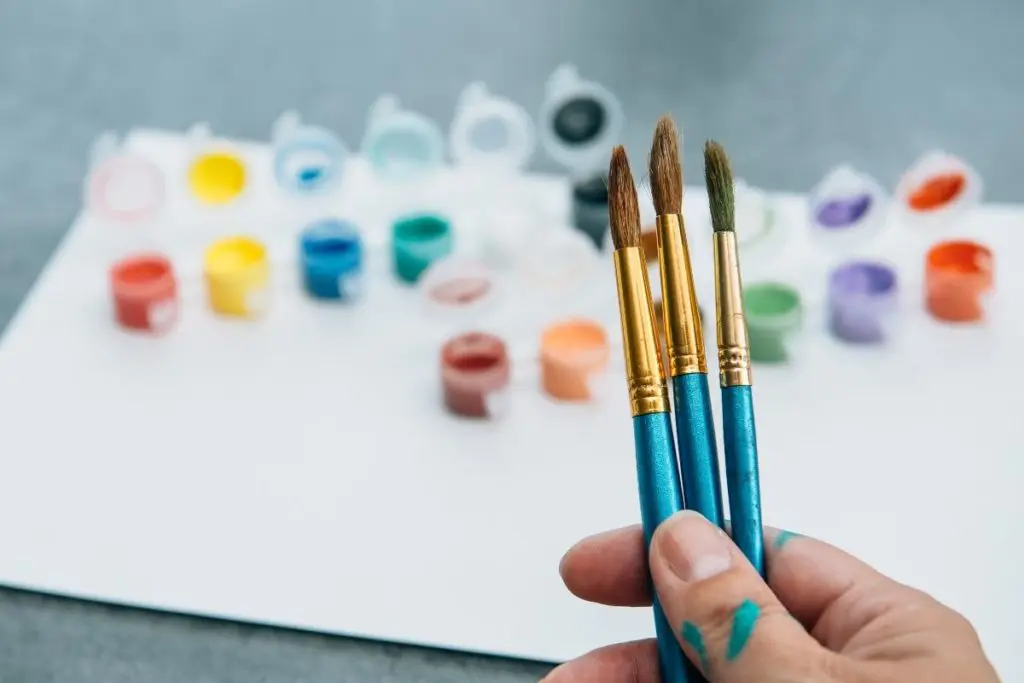Poor water quality is a common issue across the country, with no simple solution for improvement. The good news? At the individual level, you have a lot of control over the water flowing out of your taps. This article will provide information and help you learn how to improve water quality at home.
By following these 10 steps, you’ll make sure your water is as cleaner, safer, and healthy as possible.
What Makes for Good Water Quality?
Water quality primarily depends on its source, the plumbing it runs through, and the habits of people using it. Put simply, the cleaner water the water, the higher it’s quality.
Whether your water comes from the city or well, it’s crucial to understand the best ways to get clean water at home.
Why Is Water Quality so Important?
Just how clean is the water flowing out of your faucet?
The quality of water has a considerable impact on health. Think for a moment about how ever-present water is in our lives: we are constantly washing, drinking, cooking with, and even submerging ourselves in water. It happens all day, every day!
High amounts of chlorine, mercury, fluoride, and other pollutants in that water can cause a variety of serious health problems. Those with smaller body masses, such as children and pets, are especially vulnerable to contaminants in water.
Better water quality inside your home is closely related to stormwater management outside of your home. Every time it rains, or snow melts, all of the chemicals, auto fluids, pet waste, road salt, fertilizers (and more) on surfaces are washed away into rivers, lakes, and streams — which eventually become a part of our water source.
What About Bottled Water?
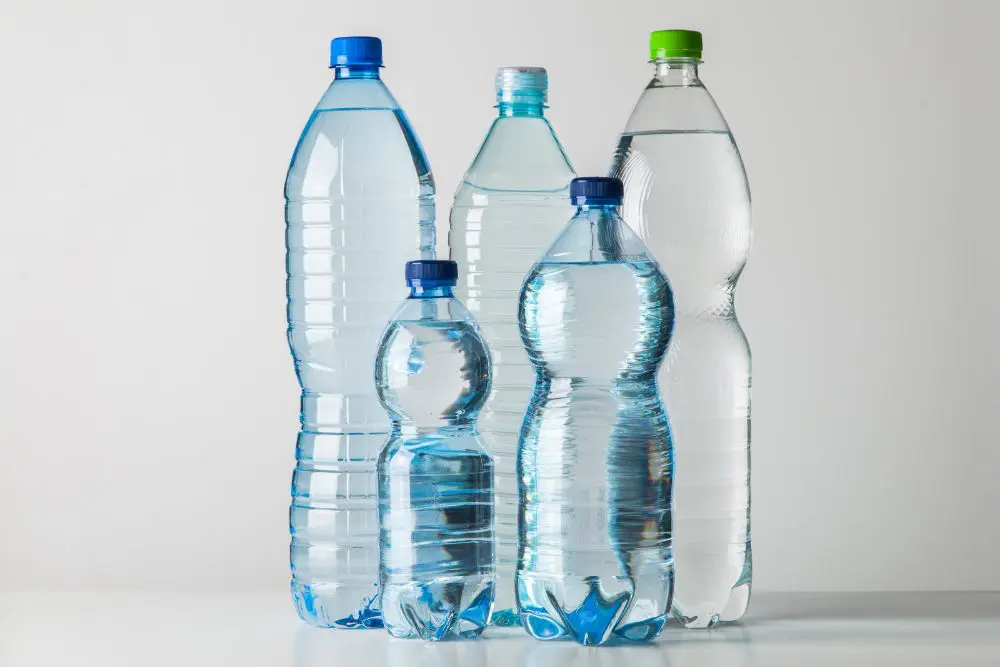
If you’re using bottled water because you think it’s cleaner or safer, think again. Research has shown that the quality of bottled water varies wildly, and it also becomes costly over time. And don’t even get us started on all the waste.
How to Improve Water Quality at Home: 7 Easy Things You Can Do Right Now
It’s easy to improve your water quality in 7 easy (and free) steps.
1
Find out how old your plumbing is, as homes built before 1986 might have lead pipes. There is no safe level of lead, particularly for children. If there’s any chance you might have lead in your water, make sure you test right away. (Many states or local health departments offer free test kits.)
2
Make sure to properly dispose of any hazardous waste, like pesticides, paints, and fertilizers — and never put medication down a toilet or a drain.
3
Always clean up pet waste right away. E.coli and other contaminants go straight from the ground into our water supply.
4
Flush it out! Simply running cold water through a faucet for a minute or two before use clears any accumulated residue and prevents drinking or cooking with water that’s been sitting in pipes.
5
Unscrew and clean your faucet aerators regularly to remove any dirt or sediment.
6
Only use cold water for drinking and cooking. Hot water can contain dissolved contaminants, and bacteria and heavy metals often build up inside water heaters.
7
Drain your water heater once per year. Sediment can collect over time, and you don’t want water flowing through that accumulation every time you shower or fill a cooking pot.
3 More Things You Can Do to Improve Your Water Quality (Paid Options)
Taking the above steps is a good start, but it’s vital to investigate further if you’re serious about improving your home’s water quality.
8
Check for Signs that Your Water Quality is Lacking.
There are a few telltale signs that your water quality is subpar, like rust stains or scaly buildup on your fixtures, tub, toilet, or shower. If you struggle with stubborn spots on glassware coming out of the dishwasher, it could be a sign of iron in the water. Or if your water tastes sulfuric or a little like a swimming pool, these could be signs of excess chlorine or other contaminants.
9
Test Your Water.

You might have an easy-to-fix situation that’s only making your water taste bad… or the problem might be more dangerous. The only way to know for sure is to test. Testing kits are available online and cost around $200-$350. While this may seem like a lot, sending a sample to a certified lab is the best way to see precisely what is or isn’t lurking in your water.
Another great idea is to schedule an in-home evaluation with a plumber or a water filtration expert. A professional can inspect your pipes, test the water, and/or make recommendations tailored to your specific issues.
10
Install a Filtration System.
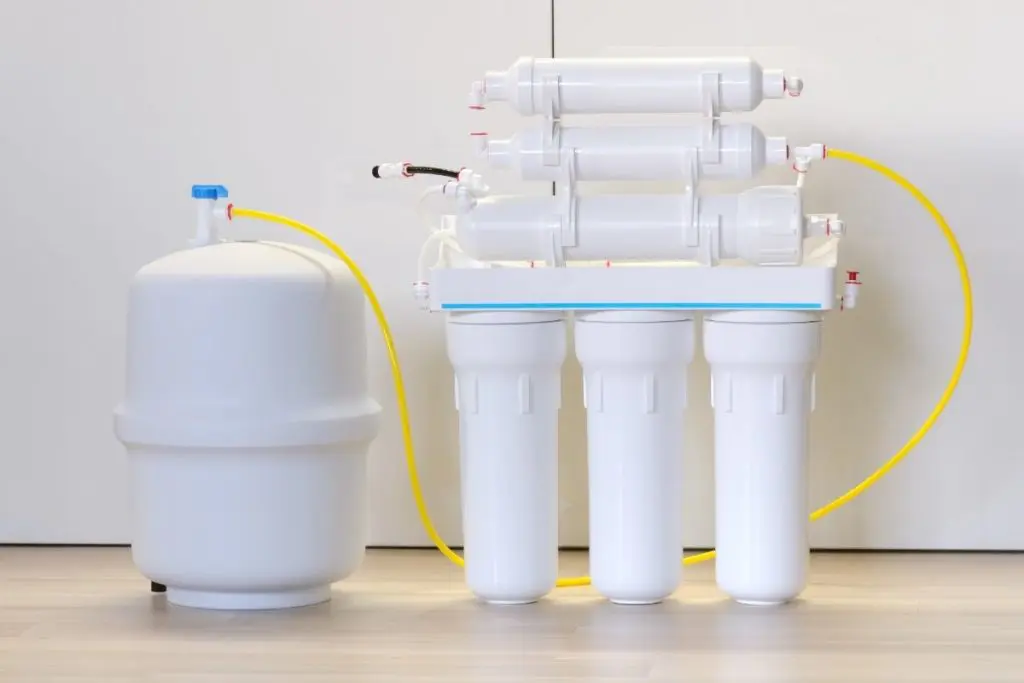
If you’ve determined that your water contains substances that you don’t want to ingest, it’s time to talk about filtration. Filters are a necessary defense between yourself and contaminants in water. Think of it this way: if you don’t filter your water, your body becomes the filter.
- Water Filter Pitchers — Pitchers use activated-carbon filters to remove a short list of contaminants that can make water taste bad, like zinc or chlorine. Pitcher filters are cheap and easy, but also limited: most do not remove more dangerous contaminants, such as lead, hormones, or volatile organic chemicals. If you use a pitcher, make sure to change your filter frequently, as recommended.
- Faucet Filtration — Let’s be honest. Continually filling up a pitcher and waiting for the water to drain through can be an exercise in patience. Consider a handy faucet filtration system instead. These convenient units attach directly to your faucet and are easy to install and maintain. Faucet filtration systems filter out many of the same contaminants as pitchers, using similar carbon filters.
- Other Filtration Options — If your faucet doesn’t support this type of unit, or you’d like a higher level of filtration, you can also install a reverse osmosis filtration system. Reverse osmosis is considered the most effective filtration, removing arsenic and other chemicals that carbon filter systems do not. They are also bulkier (usually mounted below your sink) and more expensive.
- Whole House Filtration — The options above are called “point of use” filtration systems, most of which are relatively simple and can be self-installed. However, if testing has revealed your water contains something more concerning, or if you’d like to address a longer list of contaminants, you may need to invest in a whole house water filtration system.
These systems are installed at the point where water enters your home, and essentially filter every drop of water used — whether you’re filling a glass, a bathtub, or an outdoor kiddie pool. Whole house (or “point of entry”) systems are more expensive and more complex since they install directly into your plumbing. These filtration systems might use reverse osmosis, UV, distillation, or a combination thereof, which makes professional consultation and installation essential.
Last but Not Least
One of the best ways to get clean water in our homes is to keep pollution out of our water sources to begin with. That means doing your part to maintain your septic system (as applicable), keep your storm drains clear, and look for opportunities outside of your home to improve drainage and prevent runoff.
Poor water quality is a common issue in the United States, with no simple solution. But if we all work together to do our part, we can make serious waves.
Further Reading
